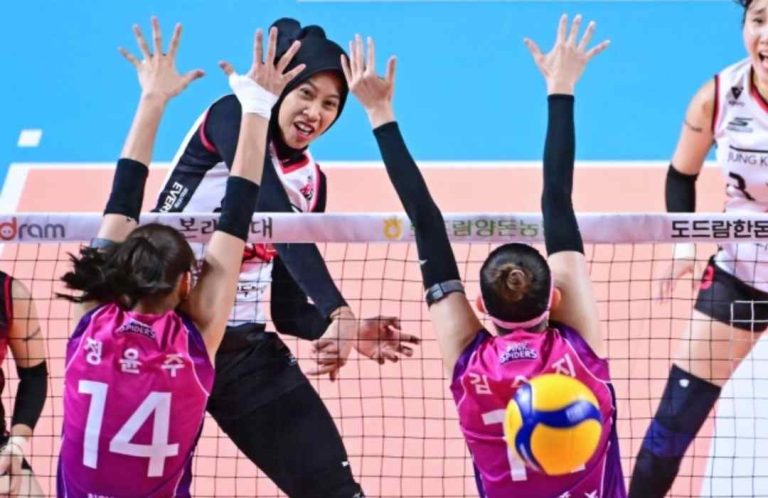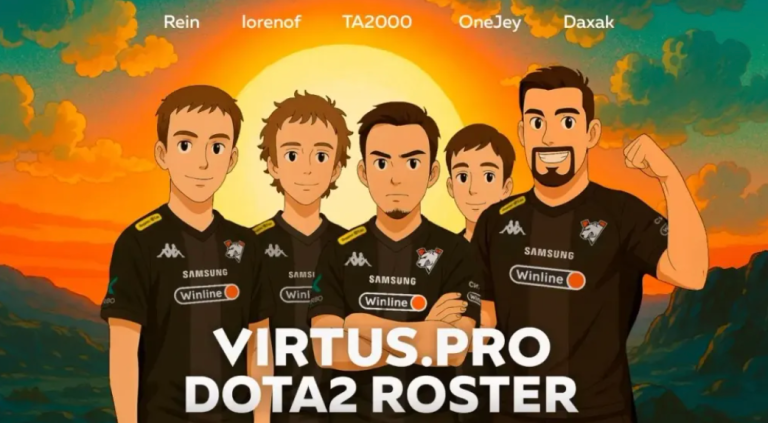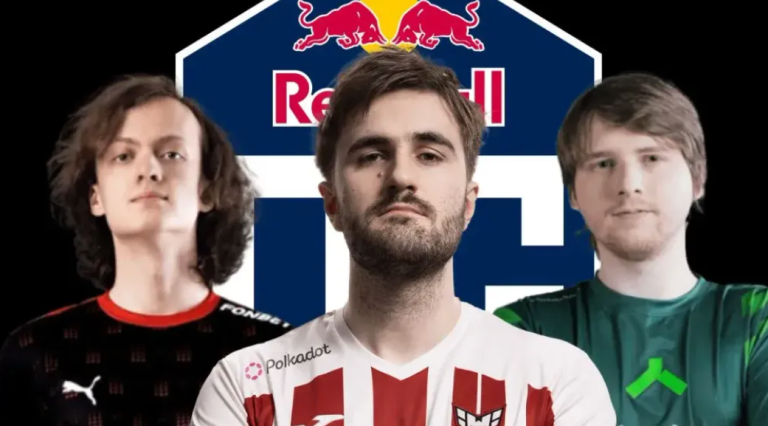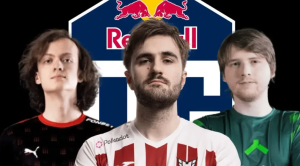Cristiano Ronaldo was nicknamed CR7 because of his initials CR and his jersey number 7. If Cristiano Ronaldo had been a footballer before August 25, 1928, the nickname was likely not attached to him. Prior to that date, football did not recognize jersey numbers.
“As many as 35,000 viewers can give recognition to every point to the right individual, because the teams are numbered, and the big black numbers on a white square allow each person to be identified without any problem,” wrote The Daily Express, two days later. On the same day, The Daily Mirror also wrote a similar article. They wrote under the title “Numbered Jerseys A Success”; reflects if the simple thing that was put on the backs of these players was a revolution which was greatly appreciated.
Arsenal and Chelsea are the two revolutionary teams, even though they do not face each other. They are the first team to use a number on every player’s back, except for the Blues goalkeeper. At that time Arsenal opened the First Division against Sheffield Wednesday, while Chelsea played their first match in the Second Division against Swansea City. In the two matches that day, Arsenal lost 2-3 while Chelsea won 4-0.
All Arsenal players wear jersey numbers from 1 to 11. In contrast to the Gunners, Chelsea only put jersey numbers 2 to 11 for their outfield players. Perhaps it was because the goalkeepers had different uniforms that they could not be confused with recognition.
The numbers were paired according to the popular 2-3-5 formation, with the following conditions: goalkeeper (1), right full-back (2), left full-back (3), right-half (4), center -half (5), left-half (6), outside-right or right-wing attacker (7), inside-right (8), center-forward (9), inside-left (10), and outside -left or left wing attacker (11).
Then Chelsea continued to wear the jersey number until they toured Argentina, Uruguay and Brazil at the end of the season. Thanks to the tour, Chelsea was later nicknamed Los Numerados (“The Numbered One”) by the locals. Even though Chelsea have earned the nickname Los Numerados, the figure who has contributed most to the use of this jersey number comes from Arsenal.
Arsenal’s legendary manager, Herbert Chapman, is said to have invented or pioneered the use of jersey numbers when Arsenal opened their First Division match in 1928. The FA then made it official in 1939. All teams playing must wear the jersey number 1-11 for the starters. Until now, several jersey numbers can be said to represent the position of the footballers on the field, the same as the original purpose of using jersey numbers, which is to make it easier to identify players competing on the field.
Although currently the 2-3-5 formation has been abandoned, numbers that are still synonymous with their position include 1 for the goalkeeper, 2 for the right wing defender, 3 for the left wing defender, 7 for the right wing, 11 for the left wing, and 9. for the main attacker.
In addition to the six numbers above, other numbers that are identical to several positions are – according to the picture below – number 8 with central midfielders, number 5 with center backs, number 6 or 4 with defensive midfielders, and number 10 which is identical to the playmaker. or the main champion of a team. Of all the numbers, number 10 is considered the most occult to date. Some of the players who are considered the greatest usually wear this number, such as Diego Maradona, Pele, Lionel Messi, Zinedine Zidane, Francesco Totti, Roberto Baggio, and Michael Platini.
Maradona even wore the number 10 when the current conditions were not supportive. It happened during the 1982 World Cup in Spain. The Argentine squad determines the jersey number alphabetically. Thanks to this provision, Ossie Ardilles became the Argentine player who wore the jersey number 1.
Although Ardilles was not a goalkeeper, because his name started with the letter “A” and he became the first alphabetical name, he got the number 1.Of all the Argentine players at that time, only one player was allowed to disobey this rule to wear the number 10: Maradona. In fact, if sorted, Maradona should wear the jersey number 12.
Currently, the regulations for using back numbers are more flexible. The Premier League had set 1-11 for starters to change the rules in 1993. Since then, players are free to choose a jersey number from 1-99 as long as the number is permanent for one season. The jersey name – placed above the jersey number – has also become mandatory since 1993.
However, the FA does not always allow players to wear big numbers. Two examples of players who had refused to wear big numbers were Patrick Mboma who asked for the number 70 when he was borrowed by Sunderland in 2002 (he finally got the number 7) and Renato Sanches who asked for the number 85 when he was borrowed by Swansea City in 2017 (he ended up wearing the number 35).
To date, the player with the highest number to have played in the Premier League is Manchester City’s José Ángel Pozo, who wore the number 78 when City faced Sunderland in December 2014. Apart from England, the German League implemented a permanent jersey number rule for players in 1993/94. Meanwhile, Spain and Italy only implemented it in 1995/96.
But in Spain, the number rules for goalkeepers are already numbered 1, 13 and 25 (if you have three goalkeepers in your squad). In addition, the jersey number is also limited to number 25 in the main squad of a team. If they use players from the junior team, the numbers 26 to 50 can be used by that player.
Similar regulations like goalkeeping numbers in Spain also apply in the French League. In France, goalkeepers must wear the numbers 1, 16 and 30. The number 33 must also be left blank in case a new player arrives. Meanwhile, if there is a fourth goalkeeper, he wears the number 40. Different in leagues, different in tournaments between countries. At the World Cup, for example, one national team registered 23 players who wore the jersey number 1-23.
Although there are regulations regarding jersey numbers as above, there have been several players who have worn unique jersey numbers, such as Hicham Zerouali (number 0 in Aberdeen), Rogério Ceni (number 01 in São Paulo), Edgar Davids (number 1 in Barnet), Luca Bucci (Parma goalkeeper who has numbered 7 and 5), Jan Jongbloed (Netherlands goalkeeper number 8), Iván Zamorano (number 1 + 8 at Internazionale Milan), Thomas Oar (number 121 for Australia against Indonesia in Qualifying 2011 Asian Cup as shown in the image above), to Rui Patrício (goalkeeper number 11 at Wolverhampton Wanderers).
All of the above might not have happened if on 25 August 1928 Chelsea and (especially) Arsenal had not introduced the use of the jersey number in football. However, records of the use of jersey numbers in football were documented four years prior to that. On March 30, 1924, St. Louis Vesper Buick played in the jersey against Fall River Marksmen in the 1923/24 US Open Cup final.
ASL
















